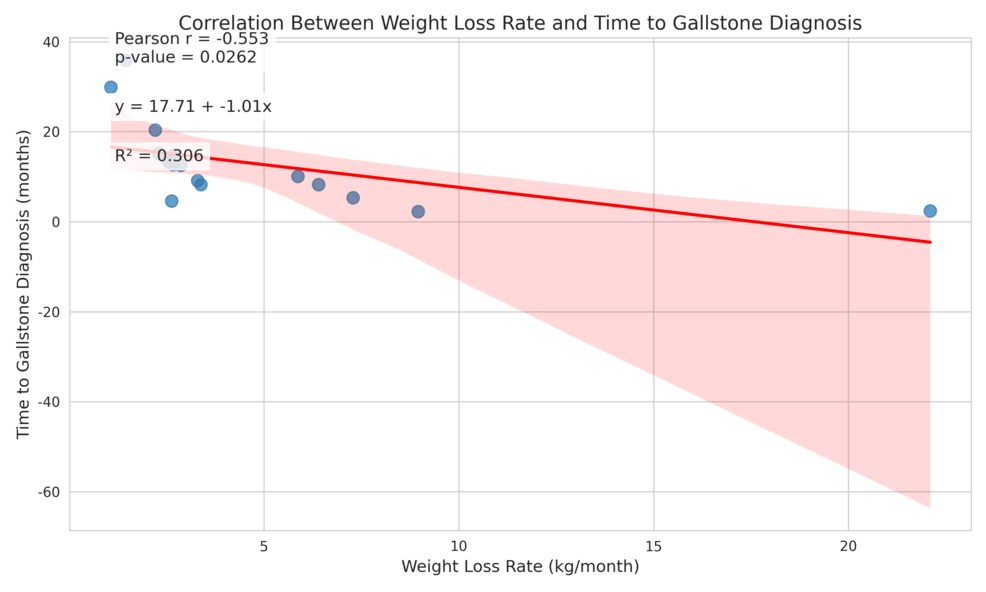Researchers in Japan have successfully generated lung cells similar to alveolar epithelial type 2 (AT2) cells from mouse embryonic fibroblasts without using stem cell technology. The AT2-like cells were generated in just 7 to 10 days-a significant reduction compared to the approximately one month typically required by conventional stem cell-based differentiation methods.
This approach may pave the way for treating serious respiratory diseases, such as interstitial pneumonia and chronic obstructive pulmonary disease, which currently lack effective treatments. The study was published in npj Regenerative Medicine.
AT2 cells are essential for maintaining lung homeostasis. They produce surfactant and serve as progenitor cells for alveolar repair. In patients with severe lung diseases, such as interstitial pneumonia, these cells are often reduced in number or functionally impaired, which highlights the therapeutic potential of regenerating AT2 cells.
The advent of the induced pluripotent stem cell (iPSC) technology in 2006 has enabled the generation of AT2 cells in approximately one month, but this method is costly and carries risks of tumor formation and immune rejection. To overcome these disadvantages, we focused on direct reprogramming instead. The direct reprogramming approach produces AT2-like cells in just 7 to 10 days, with lower tumor risk and potential for autologous use.”
Professor Makoto Ishii of Nagoya University Graduate School of Medicine
Professor Ishii and colleagues, including Professor Koichi Fukunaga, Assistant Professor Takanori Asakura, and Joint Researcher Atsuho Morita from Keio University School of Medicine, conducted a study to generate AT2-like cells from fibroblasts in mice through direct reprogramming, which had never been accomplished before.
First, the researchers selected 14 candidate genes associated with lung development. Then, they investigated the expression levels of the AT2 cell marker, surfactant protein-C (Sftpc), to determine the gene combination with the highest reprogramming efficiency. They found that a combination of four genes-Nkx2-1, Foxa1, Foxa2, and Gata6-was the most effective for reprogramming AT2 cells.
The four genes were introduced into a three-dimensional culture made from mouse embryonic fibroblasts that express green fluorescent protein (GFP) in response to Sftpc. As a result, approximately 4% of the cells became Sftpc/GFP-positive in 7 to 10 days, showing their success in inducing AT2-like cells, called induced pulmonary epithelial-like cells (iPULs).
The researchers analyzed iPULs after isolating GFP-positive cells by flow cytometry. These purified iPULs exhibited lamellar body-like structures, which are organelles characteristic of normal AT2 cells. In addition, transcriptomic analysis revealed that their gene expression profiles were highly similar to those of native AT2 cells.
Next, they transplanted purified iPULs into mouse lungs with interstitial pneumonia. Forty-two days later, the transplanted cells had successfully engrafted in the alveolar region. Notably, some of the cells had differentiated into alveolar epithelial type 1 (AT1)-like cells, which are essential for lung tissue regeneration.
Ishii concluded: “In this study, we succeeded in direct reprogramming of fibroblasts into AT2-like cells in mice. We now aim to explore the application of this technology to human cells, with the ultimate goal of developing a safe regenerative therapy using a patient’s own fibroblasts.”
This study was funded by JSPS KAKENHI Grant Numbers JP24K02113, JP24K23468, JP22KJ2672, JP21J21344, JP21H02926, JP19K17682, JP18K19566, JP18H02821, JP15K19945, and AMED Grant Numbers JP21bm0404053, JP23wm0325031, and JP24ym0126807.
Source:
Journal reference:
Morita, A., et al. (2025). Direct reprogramming of mouse fibroblasts into self-renewable alveolar epithelial-like cells. npj Regenerative Medicine. doi.org/10.1038/s41536-025-00411-4.








